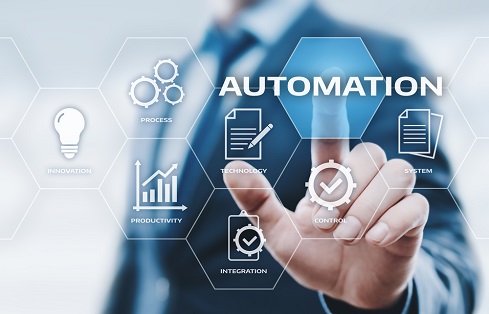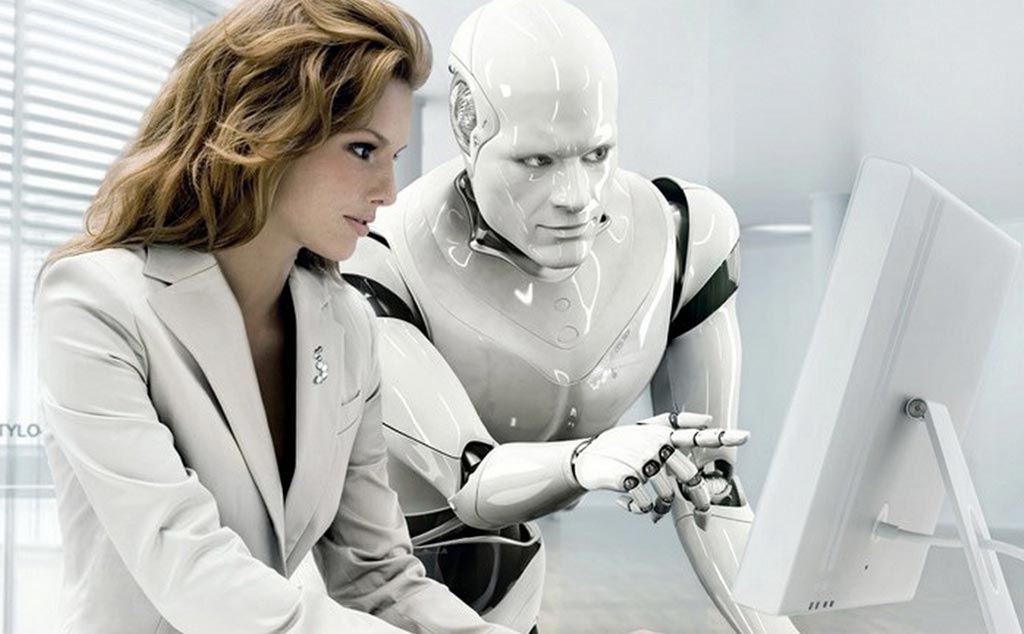
Automation will increasingly impact the world of work in the upcoming years. The
impact is already felt in a few industries, and it varies across different nations as
well. However, discussions of how automation will alter working life are always
loaded with ‘maybe’ statements.
“AI, robotics and other forms of smart automation have the potential to bring
great economic benefits, contributing up to $15 trillion to global GDP by 2030”
- Says PwC analysis.
This extra money will also generate the demand for new jobs, but there is a strong
possibility that they could displace many existing jobs in the near future.
According to International Labor Organization (ILO’s) latest report:
“Technological advances- artificial intelligence, automation and robotics- will
create new jobs, but those who lose their jobs in this transition may be the least
equipped to seize the new opportunities. Today’s skills will not match the jobs of
tomorrow and newly acquired skills may quickly become obsolete.”
So, based on the current scenario the repetitive jobs will soon be replaced by
automation and Artificial Intelligence and the jobs that require advanced skills will
require the existing workforce to reskill itself to fit into these advanced roles. In
fact, it can be daunting to think about the actual future effect of automation.
ILO further states that,
“In the absence of adequate opportunities to acquire new relevant skills, many of
those who are at risk of job loss may be forced to take lower skilled and lower
paying jobs, thereby putting further downward pressure on pay in the low-wage
sector. This could also give rise to precarious forms of employment increasing
alongside long-term unemployment.”

Studies highlight varying degrees of job creation or job losses, yet scenarios are
dependent on factors that will facilitate negative or positive change. Automation
could create demand for existing services and goods, and thereby leads to creation
of new jobs and rise of several unknown industries. Job designs too could evolve
once new technologies are embedded, and, if progress is positive, there may even
be more work to go around depending on the kind of action taken.
In a recent study conducted on the American workforce between 1982 & 2012, it
was found that automation frequently sped up one aspect of a job, enabling
workers to do the other parts better. Thus automation paves way for reallocation of
skills and creates a need for upgrading the skills of existing employees.

The first impact of robotics and artificial intelligence concerns the most capital
intensive jobs in our society. The sector of transport and logistics are in fact at the
greatest risk of be substituted by computer capital, largely due to the routine nature
of the task. The fact that already food delivery app Just Eat and e-commerce giant
Amazon have started using ‘drones’ to speed up their delivery services, proves
testimony to this fact.
Jobs in the agriculture and manufacturing industry along with various low-level
service sector roles are the most automatable. Apart from manufacturing, various
low-level administrative functions will most likely decline in the short term.
Customer interactions, Data analysis, Data entry and office support occupations
will be the first to go.

Chat-bots are a tool that have already entered the mainstream business practice.
The compound annual growth rate of chat-bots is 24%, with some studies
indicating over 50% of online shoppers prefer accessing apps rather than using
other conventional communication channels. Other software automation is
assisting publishers to write earning reports, helping law firms conduct document
searches, offer short-term market predictions for traders and process mortgage
applications for lenders. All experience better and faster outcomes than if humans
had done the same work.
The effect of this automation wave on society has never been closely examined
before. The primary consequence is ‘inequality’, specifically through its negative
impact on middle-income jobs. However the risks of automation is largely
exclusive to the high-end earners since they are predominantly engaged in high-
skilled, non-routine jobs which are at lower risks of automation.
Yet, there is no need to panic as of now, as there is still a long way to go in terms
of the automation sector. It is also vital for educational institutions and employers
to build a conducive learning ecosystem for the younger generation to help them
keep pace with the rapid technological evolution. In addition, employers must
consistently invest in skill development programs to make sure that their workers
are updated and capable of handling emerging new technologies.
On the flip end, several indicators show that employment is moving in the right
direction, despite the threats posed by automation. The OECD confirms that US
employment has risen 6% in the last 10 years, and a recent report by the European
Commission showed a similar trend in Europe. An additional 3.5 million people
were working across the region between 2016 & 2017, while the poverty levels
decreased and incomes went up by a significant margin. Current momentum in the
jobs market suggests that by 2020, EU will reach its target of a 75% employment
rate.
Hence, it is evident that automation will displace many available jobs over the next
decade, but many others will be created too. Jobs of the future will use different
skills and may have higher educational requirements. Even, with the advent of
Artificial intelligence, there are indeed a few jobs that would still require a human
touch and hence it is quite sure that manual jobs can never be fully replaced by
machines for sure.

In conclusion, the impact of artificial intelligence and robotics is certainly multi-
faceted and it really is possible that both humans and machines can work in
tandem. Here it is to be mentioned that in the last 150 years machines have taken
over countless aspects of our daily lives, and yet we are still no closer to
eliminating the need for human labor. A few critical things like caring for elderly
people, employing the expertise of trained medical professionals and ensuring the
overall mental well-being of an individual can never be solved by programming!
Comments
Post a Comment